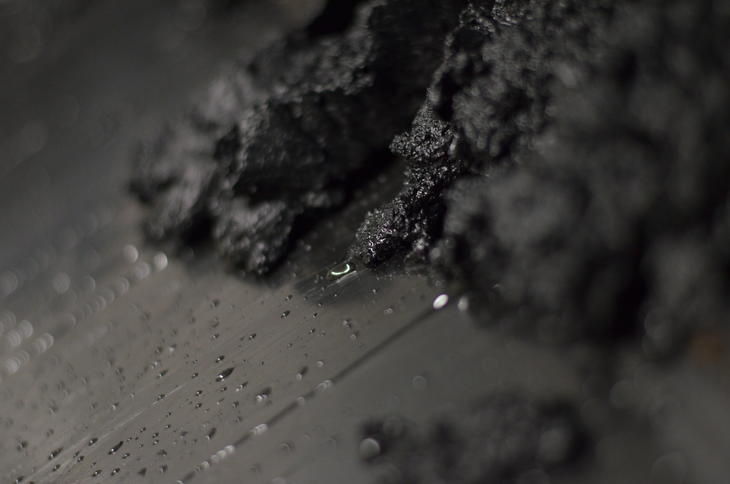Treating indsutstrial water containing PFAS

PFAS is used in everyday products that are designed to be water and dust resistant. Many PFAS is classified as hazardous and water containing these substances must be treated.
PFAS is short for per- and polyfluoroalkyl substances. The substances are used in the production of both consumer goods as well as industrial good such as food packaging, frying pans and firefighting foam.
Impact on the environment
PFAS are monitored by the Norwegian Government and the PFAS's which are classified as dangerous are PFOS, PFOA and PFNA. These substances may have an impact on our environment, both in the ocean and on dry land. This is a consequence that is to be taken very seriously. Humans are disposed of the PFASs and studies show that, over time, our bodies collect the substances and that may be harmful to us.
With all these negative effects in mind, how can we solve challenges of treating water containing PFASs?
How to treat water containing PFAS
Our goal is to take a position as a leading company when it comes to R&D on removing PFAS from industrial wastewater.
There are many challenges connected to treating PFAS. First, the molecular bindings of the PFAS are big and stable bindings. This means that they are not easy to break down and traditional wastewater technology are not able to efficiently clean large amounts of water containing PFASs.
In many cases the companies treating water containing PFAS are doing it through the traditional process adsorption. This process is not time efficient and makes it difficult for the treatment plant to obtain large amounts of water.
Our treatment goals
Our R&D department have now launched a project to develop a technology that focuses on lowering the time needed to remove PFAS in water. The goal is that through shortening the time needed to remove the substance, the more water flow our treatment plant can handle. The technical solution must be compact and reliable so that we can easily incorporate the technology in existing and new treatment plans.
Read about MivaSorb - a treatment technology for PFAS in water
Sources:
- https://www.fhi.no/ml/miljo/miljogifter/fakta/fakta-om-pfos-og-pfoa/#hva-er-pfos-og-pfoa (13.desember 2018)
- http://www.miljostatus.no/tema/kjemikalier/prioritetslisten/PFOS-PFOA-og-andre-PFCs/ (9.juni 2017)